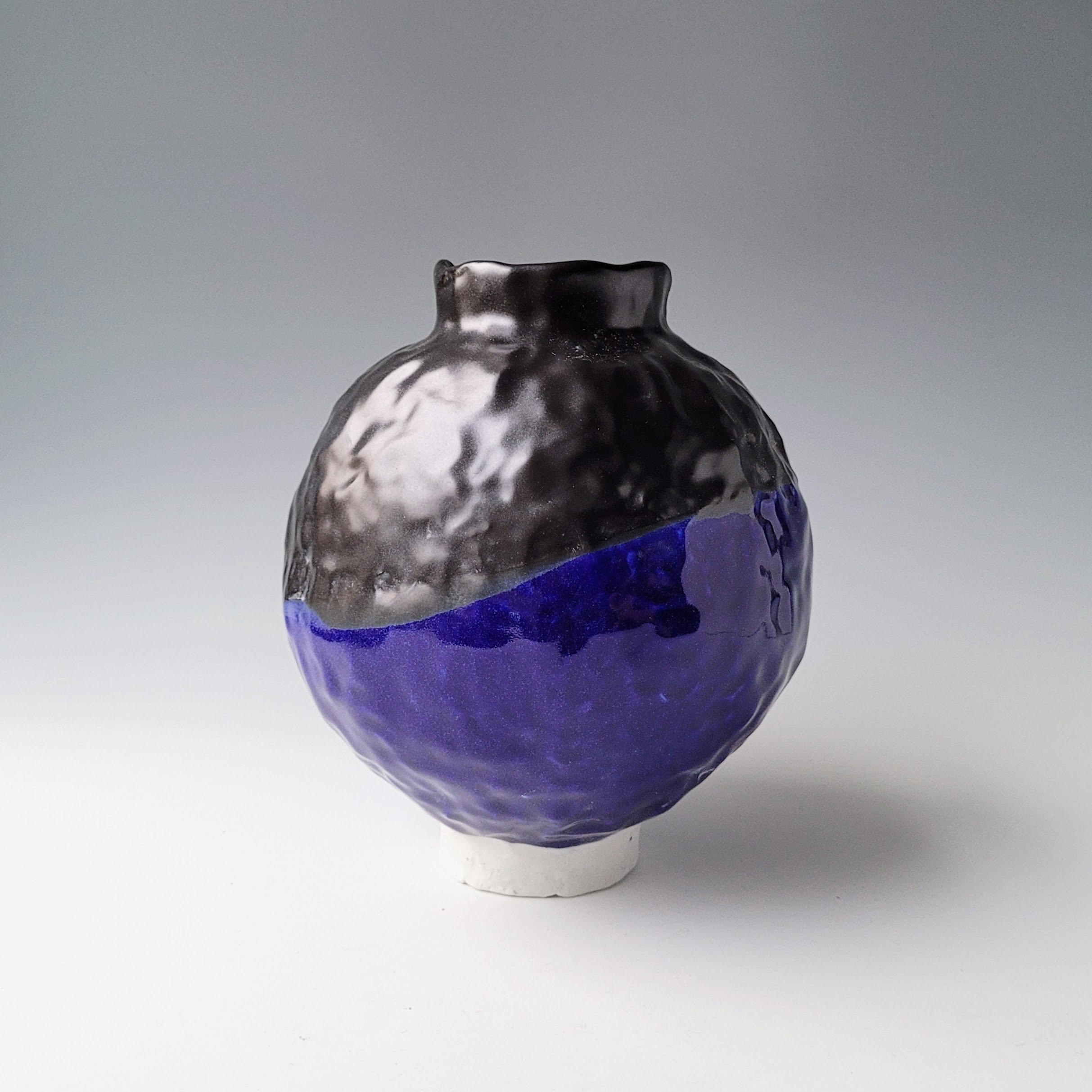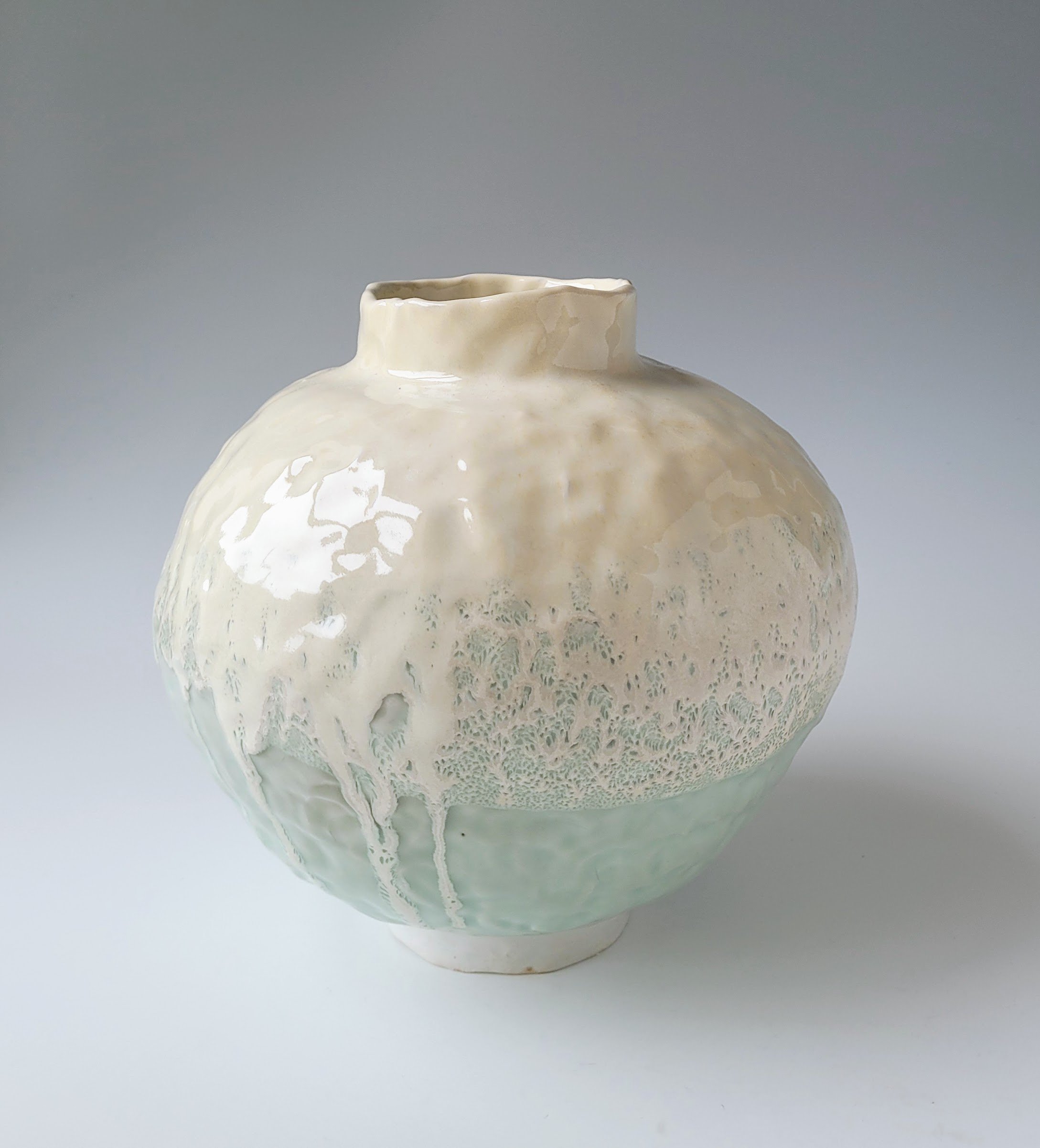Wrack Line
Traces of Tides and TimE
During the pandemic, I was fortunate to be sequestered near the ocean. Though it was a devastating time, it also felt strangely suspended—like existing outside of time itself. Untethered from the usual demands of my busy life, I found myself in a liminal space, with nowhere to go and no one to see. So I turned to nature. I tracked the moon’s phases night after night and walked the beach almost every day. I became captivated by the wrack line.
The wrack line marks the shifting boundary between land and sea, where each tide deposits a record of what has passed—driftwood, seaweed, shells, and, more and more, the remnants of human consumption. This ever-changing threshold mirrors the rhythms of a woman’s life: cycles of gathering and releasing, erosion and renewal, resilience and surrender.
But the wrack line is no longer just a collection of natural debris. It is increasingly littered with plastic, discarded fishing nets, and fragments of a world out of balance. Unlike driftwood and seaweed, these materials don’t break down—they persist, infiltrating marine ecosystems and daily life in ways we can no longer ignore. This accumulation reflects a larger burden, one often carried quietly by women, who are expected to absorb and manage the consequences of environmental neglect, whether in their homes, communities, or the broader world.
In my work, I explore these tidal movements through clay, a material that, like the shoreline, holds the memory of touch and time. My hand-built porcelain pieces reflect the tension between structure and unpredictability. The Moon Jars, with their textured, coiled surfaces, embody this balance. As I build them, I allow the clay to firm up between layers, letting ridges and irregularities emerge naturally—much like the patterns left by retreating waves. While I shape and guide the form, I also step back, embracing how the material responds on its own.
My practice is a dialogue between control and surrender—a collaboration with the material, the elements, and the unseen forces that shape both landscapes and lives. These vessels hold the quiet weight of change: the way tides sculpt shorelines, the way time imprints itself on the body, and the way environmental recklessness accumulates, demanding a reckoning long overdue.










